Profile: TruAmerica
Workforce Housing Investor Bob Hart Leads TruAmerica’s Meteoric Rise
By Sanyu Kyeyune
Recalling his first real estate investment, a small multifamily property he bought in 1986, Bob Hart quipped, “What started out as a duplex has turned into running a company.”
TruAmerica Multifamily’s CEO knows something about how to build a major enterprise quickly from a modest beginning. In less than four years, Los Angeles-based TruAmerica has established itself as one of the fastest-growing private real estate companies in the U.S.
Since founding the company in July 2013, Hart has authorized the acquisition of nearly $4 billion in assets. Today, TruAmerica owns outright or manages $6.7 billion in assets, representing 32,298 apartment units. Over that stretch, it has grown from one to 41 people, operating offices in Seattle; Denver; Arlington, Va.; Woodland Hills, Calif.; and Orange County, Calif.
“What Bob does very well is he navigates the vagaries of cycles and he identifies opportunities at various points in the cycle,” said Robert O’Rourke, senior managing director and head of real estate investments of Guardian Life Insurance Co. of America, which owns an 80 percent stake in TruAmerica. “He reacts to the opportunities that are created by economic activity throughout the cycle.”
When the two companies joined forces, Hart was president & CEO of Kennedy Wilson Multifamily Management Group, a Los Angeles-based affiliate of Kennedy Wilson Holdings where he served in those roles from 2000 to 2013. Hart was part of the executive team that took the parent company public in 2009.
His own team at Kennedy Wilson Multifamily completed $3.5 billion worth of transactions in the U.S. and Japan, notwithstanding the Great Recession. It was a remarkable run, yet Hart realized that it was time to strike out on his own. “I was an officer of the overall company,” he explained, “and I wanted something where I could have direct ownership.”
TruAmerica’s origins stem from years of collaboration between Guardian Life and Hart during his tenure at Kennedy Wilson. When Guardian Life decided to add a real estate investment platform, Hart was the obvious choice to lead it. That alignment “gave me the impetus, along with my own initiative, to launch the venture when I did,” Hart recalled.
EARLY TO RISE
Becoming a real estate magnate wasn’t always Hart’s plan, however. “Sometimes you don’t choose,” he observed. “Sometimes things happen by serendipity.”
After graduatiing with a civil engineering degree in 1979 from Worcester Polytechnic Institute in Worcester, Mass., he migrated to L.A., earning an M.B.A. in management from the University of California at Los Angeles. He landed at The Walt Disney Co., serving as director of business development for the Disney Channel. Seeking ancillary income, he started buying residential properties in the L.A. metro area. By the early 1990s, Hart was also handling land entitlement and large-scale home renovations.
“For the first 10 years … I was an investor in real estate as a side venture,” he noted. “I really learned the business starting in 1993 with my first institutional position.”
When the junk bond market collapsed in 1991, so did L.A.-based Executive Life Insurance Co. Once California’s largest life insurance provider, Executive Life was forced by the state to sell off its $3.3 billion portfolio of high-risk, high-yield investments. Appointed custodian of a newly formed trust, Hart undertook the rehabilitation and disposition of $1 billion worth of the failed company’s real estate assets and securities between 1993 and 1995.
It was in this shaky environment that Hart learned the ropes of real estate finance. Tasked with executing a major workout, he restructured joint ventures for Executive Life affiliates that were reducing their equity exposure or closing down.
Following Executive Life, Hart joined Heitman Capital Management as senior vice president of portfolio management. In that role, he oversaw the asset management and disposition of a $500 million portfolio on behalf of pension funds, endowments and domestic and foreign lenders.
Hart, too, credits much of his knowledge to the experience of navigating turbulent times and working amid constraints. “It’s one thing to run a real estate property, project or company when things are on the upcycle,” he noted. “It’s another thing to master a downcycle.” These early ventures equipped Hart with a career-shaping maxim: “You have to know how to either raise money or have the money yourself.”

TruAmerica’s first acquisition was Piazza D’Oro, a 221-unit apartment community in Oceanside, Calif. Image courtesy of FPI Management
For TruAmerica’s inaugural purchase, Hart did both. In November 2013, TruAmerica bought Piazza D’Oro, a 221-unit apartment community in Oceanside, Calif. Built during the downturn in 2010, the Class A project was originally slated for condominiums, which, in Hart’s view, also represented an attractive exit option.
Another enticement was location. Piazza D’Oro was one mile from Tri-City Medical Center, North San Diego County’s largest hospital, as well as a few paces north of State Route 78, which afforded the property excellent visibility.
TruAmerica purchased the asset for $81 million in equity and low-cost debt. Hart enlisted the assistance of CBRE Executive Vice President Bill Chiles, whose San Diego team secured $50.5 million in financing at an attractive 3.85 percent rate with a three-year, interest-only feature.
Also of CBRE, Vice Chairman Brian Eisendrath considers Hart both a source of market insight and a mentor. “I had read up and knew he was very active,” Eisendrath recounted. “I’d heard very good things about him from people in the industry.” After cold-calling Hart in 2006, Eisendrath met him at a National Multifamily Housing Council event in Palm Springs, Calif. The two have been working together ever since. “People know that Bob performs,” Eisendrath said. “That’s why he’s so successful.”
READY TO LAUNCH
TruAmerica’s maiden purchase set the tone for Hart’s value-add strategy. Located on 14.4 acres, Piazza D’Oro’s 42 Italian-style townhomes were renting at below-market prices, presenting an opportunity to upgrade the property through improvements to the pool area, leasing office and common areas.
Hart found the value-add space attractive for several reasons. First, demand for quality affordable product has outpaced supply since the 2008 recession, with developers in thriving submarkets targeting higher-income individuals.
“The multifamily business is undergoing a paradigm shift in that America is shifting its housing a lot more toward multifamily living, away from single-family living,” Hart observed. “Right now, the (multifamily) industry’s gone from 30 percent penetration of all housing to nearly 40 percent. That represents a lot of people, including Millennials in the workforce delaying homeownership and a lot of people who have lived in apartments all their lives.”
Additionally, purchasing older properties below replacement cost offered the flexibility to bolster rents and improve cash flows. Hart saw an opportunity to create value by rehabilitating aging stock, delivering much-needed housing at affordable rates while generating handsome returns.
“He has a tremendous ability to pull together stakeholders and have them be aligned,” O’Rourke noted, “whether it be his equity partners, his staff, the lenders that he deals with or the people that he’s either buying or selling from.”
Michael Moran, managing director of real estate at Allstate Investments, first encountered Hart at Kennedy Wilson in 2011. As Hart was starting TruAmerica, they discussed possibilities for collaboration. Three years later, the Allstate team and Hart initiated a programmatic joint venture, which, unlike traditional opportunistic funds, allowed for direct investment without a fee-based intermediary and with more control over capital deployment.
“That’s a general trend in the institutional investor marketplace,” Moran explained, “but Allstate was pretty early to pivot. Bob got it immediately. … This venture would not have been successful had he not had all the deal-making expertise, all the structuring creativity, all the relationships to get deals done and the leadership capability of building, running and growing a team.”
In January 2015, Allstate, TruAmerica and a syndicate of domestic and international institutional investors completed the largest multifamily asset purchase in Southern California in nearly two decades. Acquiring 14 properties for $482 million, the joint venture assembled a portfolio in a fraction of the time it would have taken to buy the properties piecemeal.

Partnering with Investcorp, TruAmerica purchased Little Cottonwood, a 379-unit multifamily community in Tempe, Ariz., for $56.7 million. Photo by Vic Moss/Moss Photography
Hart’s acumen enabled him to source the transaction off-market, while the institutional backing sugar-coated the deal. As Moran recalls, the greatest challenge was closing on a multi-asset, multi-market portfolio in a relatively short time.
Sold by Newport Beach, Calif.-based JH Real Estate Partners, the portfolio totaled 2,669 units in Class B communities in Los Angeles County, San Diego County and the Inland Empire. Anticipating a surge in demand from renters, Hart put in place a $40 million repositioning plan to enhance the apartments’ competitiveness. The transaction was leveraged with a $354 million Fannie Mae credit facility composed of fixed- and floating-rate loans of varying terms, with an exceptionally low blended interest rate of 2.59 percent.
“Bob’s always been very adept at raising capital,” said Dan Kaplan, chief investment officer of FPA Multifamily, a San Francisco-based investment firm. Between 2002 and 2013, while Hart was with Kennedy Wilson, he and FPA executed more than 30 transactions. “He’s been incredible with … deal structuring,” Kaplan explained. “That’s probably his greatest strength.”
A common theme of Hart’s strategy is large, geographically diverse portfolio purchases that provide economy of scale. “We bought more than half (of our holdings) in just six different transactions because we bought very large portfolios,” he noted.
EASTWARD BOUND
Though TruAmerica’s stronghold is on the West Coast, the firm is broadening its horizons. Last year, Hart teamed up with MSD Capital, a New York City-based private investment management company, to steer TruAmerica toward a Maryland landing.
In just two transactions, TruAmerica assembled a nine-asset, 2,406-unit portfolio. Each community offers easy access to major government, military and corporate employers. The first deal, completed in June 2016, was the $187 million acquisition of three properties totaling 1,004 units in Baltimore and Annapolis, Md. Five months later, a $236 million acquisition aided by Ares Management, an alternative asset manager also based in New York City, added six communities and 1,402 units in metro Baltimore.
In the midst of a busy career, Hart is also providing his business skills to the community. Since 2005, he has served as chairman for Chrysalis, a nonprofit organization that creates pathways to employment for homeless and low-income individuals in L.A.
Hart observed: “In the development of every individual, every career, there comes a time when you realize you want to contribute more. The foundation of my career has been to find good deals, raise capital for them and then execute on a business plan. It’s a bit of art and a bit of science.”
Originally appearing in the CPE-MHN Guide to 2017.


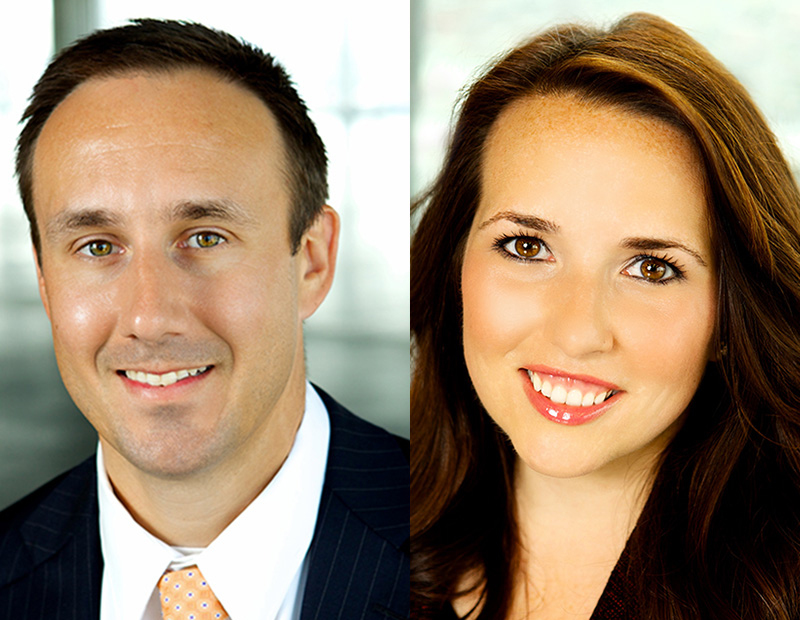
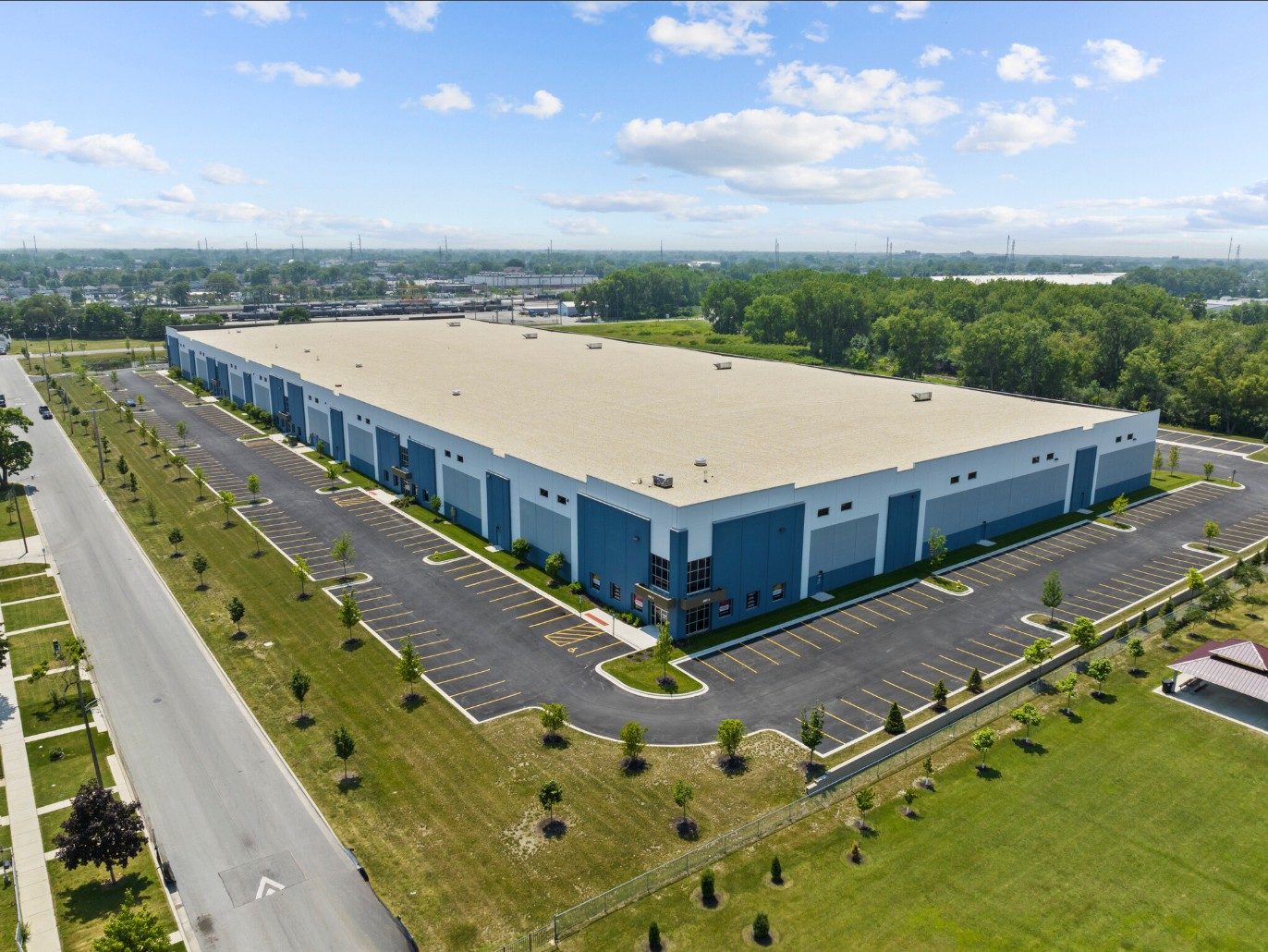
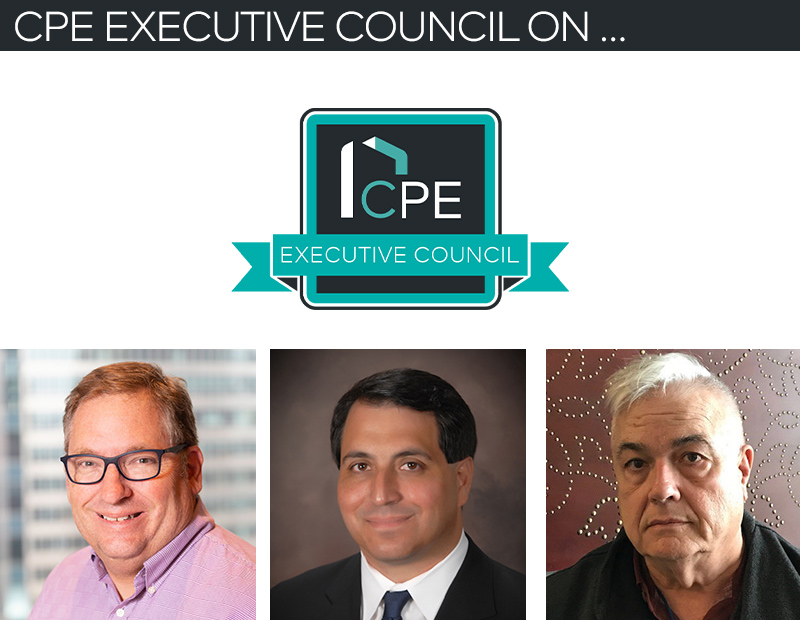
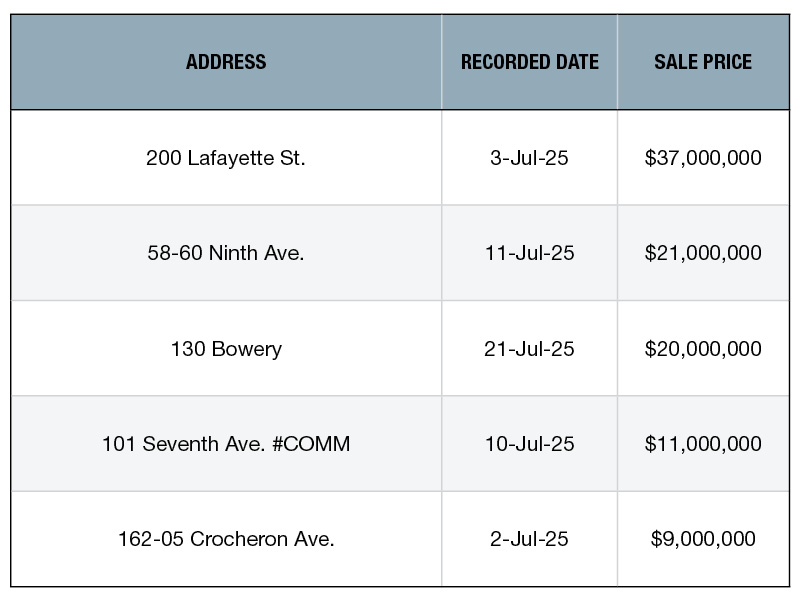
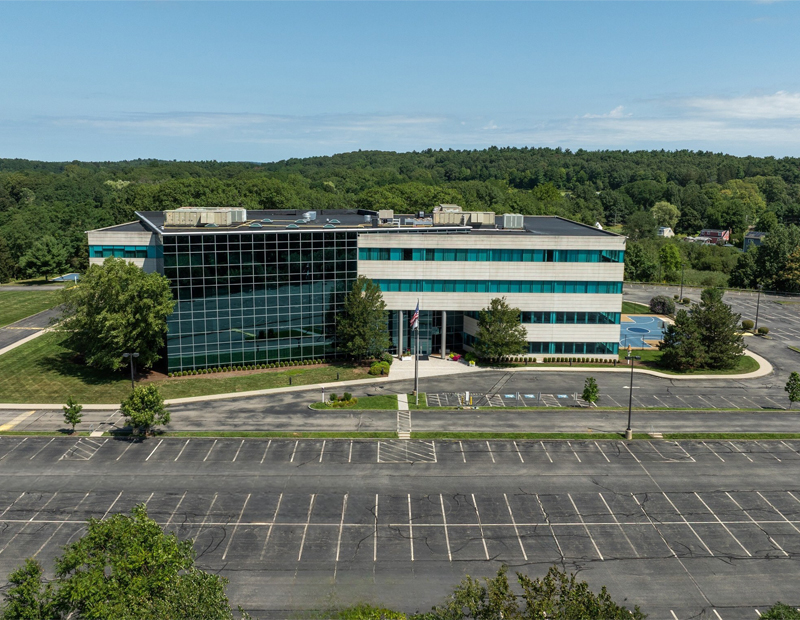


You must be logged in to post a comment.